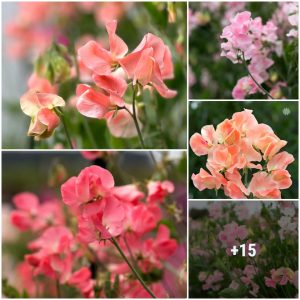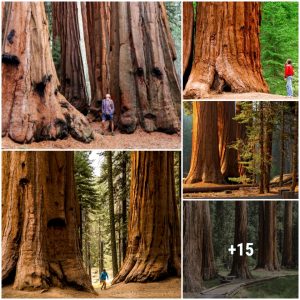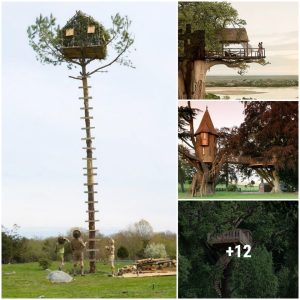Throughout history, moss and grass have undergone remarkable growth and evolution as plant species. Despite their distinct structural characteristics and ecological functions, they have both flourished and established themselves as dominant components in diverse ecosystems. This article delves into the impressive development and adaptations of moss and grass.

As previously stated, moss falls under the Bryophyta division and is among the earliest groups of terrestrial plants. Mosses possess distinct traits that enable them to thrive in varying habitats. Their capacity to soak up and conserve water, even in areas with scarce moisture, has played a significant role in their survival. Moreover, mosses have an intriguing reproductive process called alternation of generations that helps them expand and adjust.

Grass is a flowering plant that falls under the family Poaceae. This type of plant has experienced incredible growth over time and has become one of the most significant and widespread plant families worldwide. Grasses have developed special structures like rhizomes, stolons, and fibrous root systems which help them efficiently absorb water and essential nutrients from the ground. Moreover, grasses have a unique way of reproducing through wind-pollination, which has played a significant role in their successful colonization of vast grasslands and other ecosystems.

Moss and grass have a remarkable ability to thrive and adapt to ever-changing surroundings, which accounts for their robust development. Mosses, in particular, are perfectly suited to growing in areas where other plants find it challenging to survive, such as shaded and moist regions. Due to their short stature and efficient water absorption, they are formidable competitors in these conditions. Additionally, mosses contribute significantly to soil formation and provide vital habitats for diverse organisms.

In contrast, grasses have evolved various techniques to endure grazing, fire, and drought. Due to the existence of meristems at the bottom of the stem, they can regrow quickly from the base, which enables them to withstand disturbances. Grasses are frequently the primary vegetation in grasslands and have developed in tandem with grazing animals, taking advantage of their mutual association.

Moss and grass play a crucial role in our environment. Moss aids in forming soil, retaining moisture, and preventing erosion. It acts as a mini-home for a variety of creatures, including small mammals and invertebrates. On the other hand, grass has an extensive root system that helps stabilize the soil, prevent runoff, and provide shelter and food to different animal species. These two plants contribute significantly to maintaining our ecosystem.

Moreover, the uses of moss and grass are not limited to their natural beauty. Moss can spruce up gardens and other outdoor spaces, and certain types of mosses possess therapeutic qualities that are used in ancient remedies. On the other hand, grasses, specifically cereal crops like wheat, rice, and corn, serve as a major food source for people across the globe. In addition, grasses are also employed in animal feed, biofuel production, and enhancing the aesthetic appeal of landscapes.

To summarize, the impressive growth of moss and grass can be attributed to their distinct adaptations, competitive advantages, and ecological importance. Mosses have flourished in damp, shaded settings, serving crucial functions in forming soil and creating microhabitats. On the other hand, grasses possess efficient water and nutrient absorption, speedy growth, and resilience in the face of disruptions, resulting in their dominance in large grasslands. By comprehending the growth and adaptations of these plant categories, we can expand our understanding of plant biology and recognize their fundamental roles in ecosystems and human civilizations.










